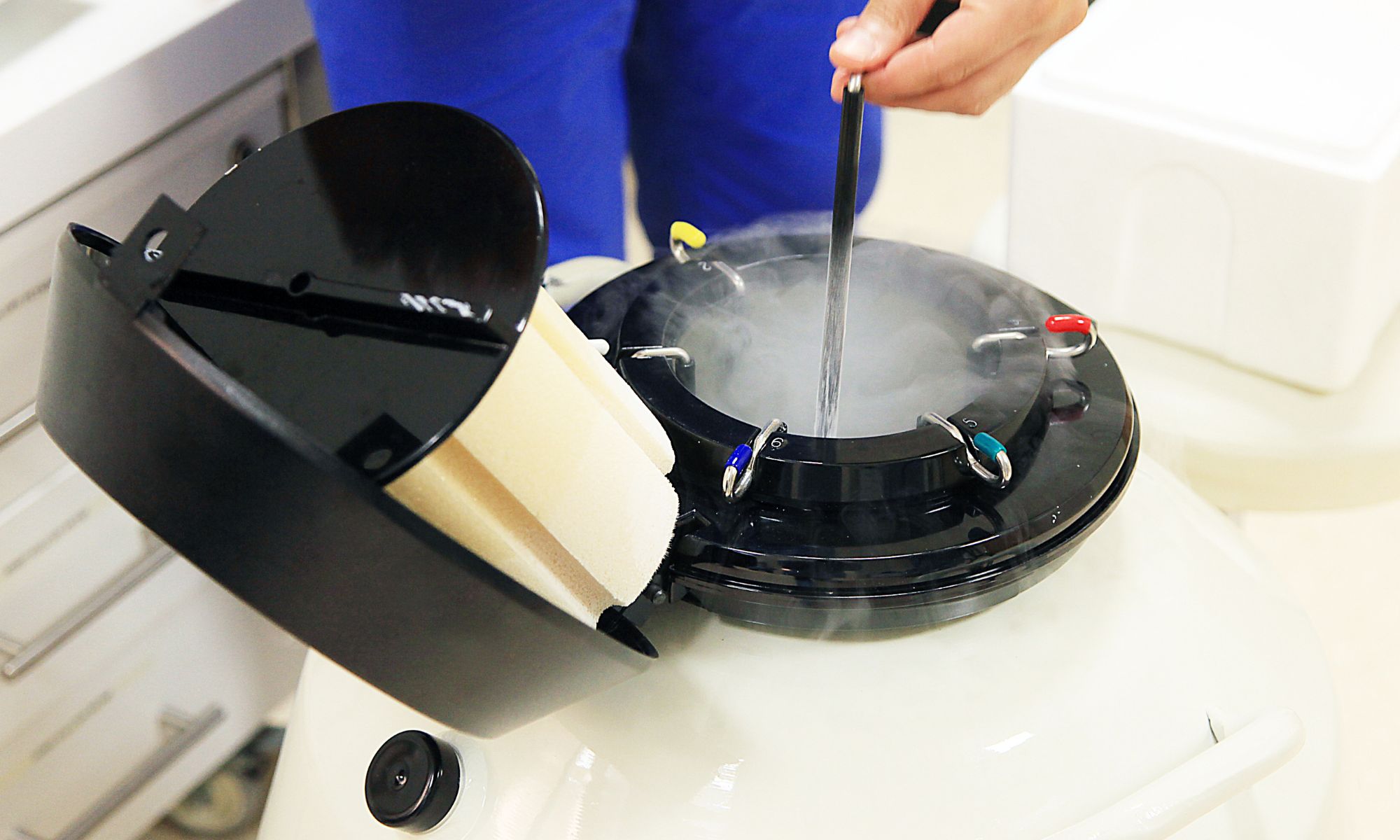- Home
- Frozen-thawed Embryo Transfer(FET)
Frozen-thawed Embryo Transfer(FET)
Embryo cryopreservation is now a well-established technology. Controlled ovarian stimulation in assisted reproduction induces multifollicular development and spare embryos are often available after the fresh transfer. The probability of having spare embryos for freezing varies from over 60% to less than 20% depending on the woman’s age and her ovarian response. These embryos can be cryopreserved in liquid nitrogen at -196°C for subsequent transfer thereby reducing the physical and financial burden on infertile couples.

In recent years, there is a growing opinion that elective frozen-thawed embryo transfer may yield better maternal and perinatal outcomes. A freeze-all policy will reduce the risk of ovarian hyperstimulation syndrome (OHSS) without compromising the pregnancy rate. This is particularly important in women with polycystic ovarian disease (PCOD). Preliminary data suggests that singleton pregnancies from frozen ET have a lower risk of antepartum haemorrhage, preterm birth, retarded growth in utero and perinatal morbidity.
While there is a plausible biological explanation – a more natural environment and avoidance of exposure to high levels of oestrogen and progesterone – for FET to result in a higher pregnancy and live-birth rate, one must be cautious before jumping onto the bandwagon. This is because not all RT centres have a good freezing program nor good FET cycle results; even if they do, some embryos (approximately 10–20%) would fail to survive the freeze-thawed process. Furthermore, information regarding a freeze-all policy is somewhat biased because women with relatively poor ovarian response are excluded and those who elect on a freeze-all policy are likely to be younger, have better ovarian response, yield more good quality embryos and have a better prognosis.
Frozen-thawed embryos can be replaced in a natural cycle after confirmation of ovulation. In women who do not ovulate spontaneously, ovulation can be induced with oral medication; alternatively, hormone replacement can be used to render the uterine lining suitable for implantation after ET. The success rate of FET using natural or hormonally mediated cycles does not appear to differ.



